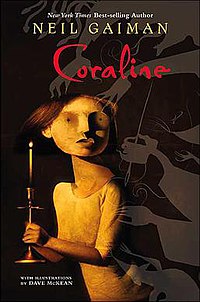1. How many hours did you complete?
- Five
and a half hours
- 1 hour
in a Reading Recovery class
- 1 hour
in a first grade classroom
- 3 ½ hours at Public Library
2. In a short paragraph or bulleted list, how did you spend
your time?
- Reading
Recovery – observed two thirty-minute sessions.
- 1st
grade class – observed reading groups and center rotations
- Public
library –
- Helped put together summer
reading program bags
- Talked with children’s
coordinator to get an understanding of library and offerings.
- Observed story hour and helped
with craft and snack
- Helped with set-up and observed
magic show for summer program
3. How did the experience help you to strengthen at least one Kentucky Teacher Standard? (be sure to name the standard)
- The
field experience helped strengthen Standard 1: The teacher demonstrates
applied content knowledge. By
observing two reading recovery classes I gained knowledge on the process
and methods of helping struggling readers.
- The field experience also helped strengthen Standard 8: Collaborates with colleagues, parents and others. I learned through the experience at the library how they are able to help in the classroom and provide resources for different topics that I teach.
4. Talk a little about one thing you learned because of this field experience.
- I
learned that librarians do a lot for the library, more than I
expected. They must know and
understand the children that come into the library to know what they will
like and be interested in.
- I also
learned that I am interested in Reading Recovery training. During my observation I realized that
I want to be part of this great program.


